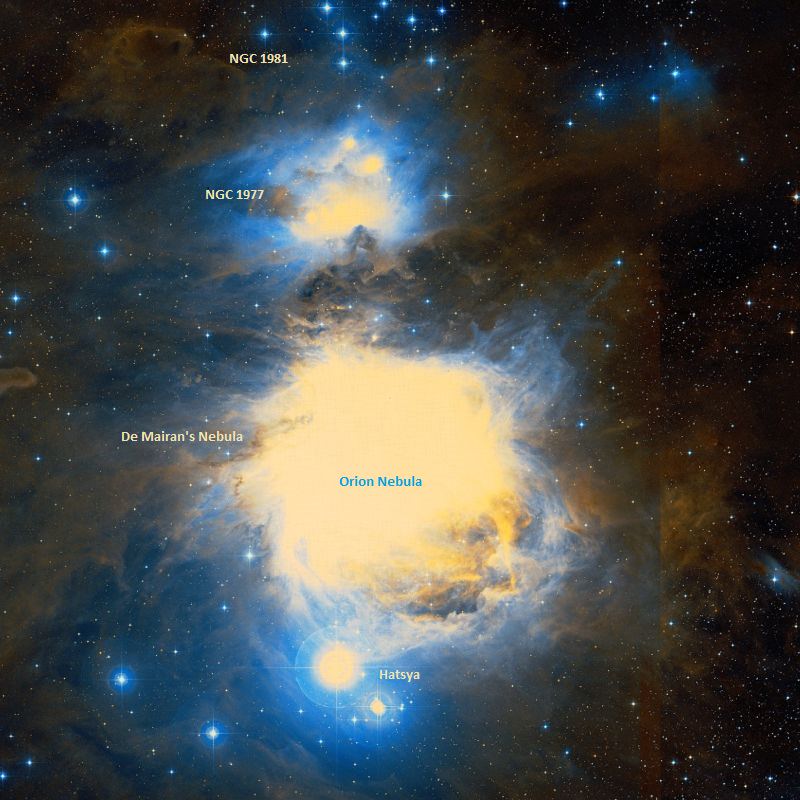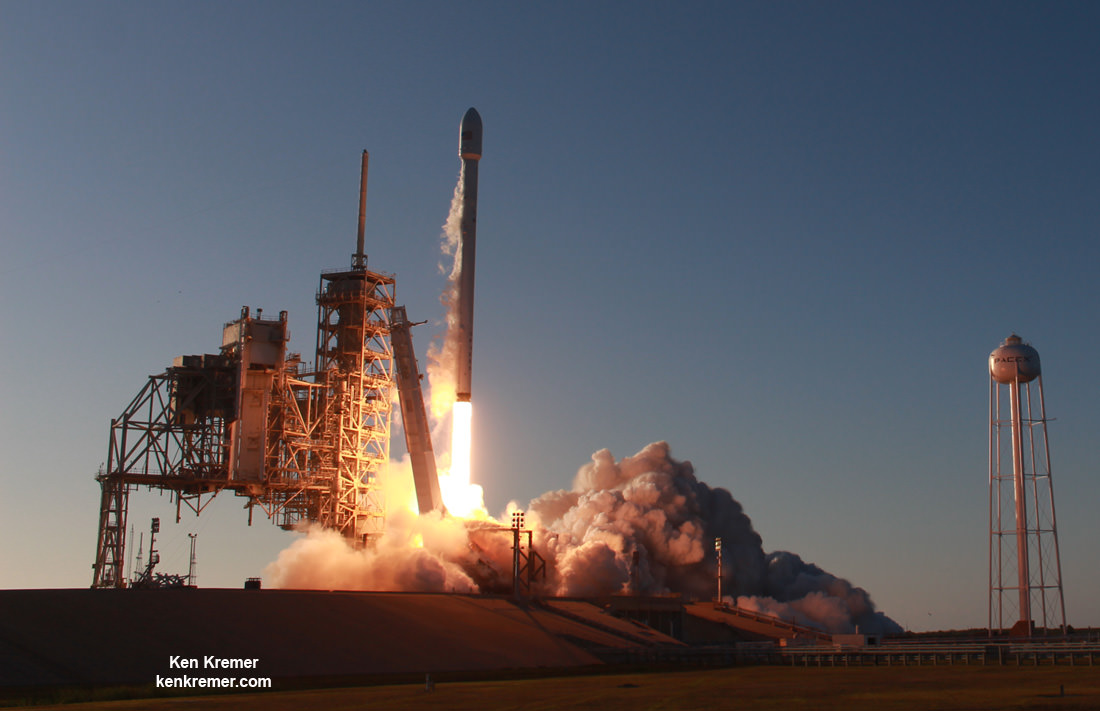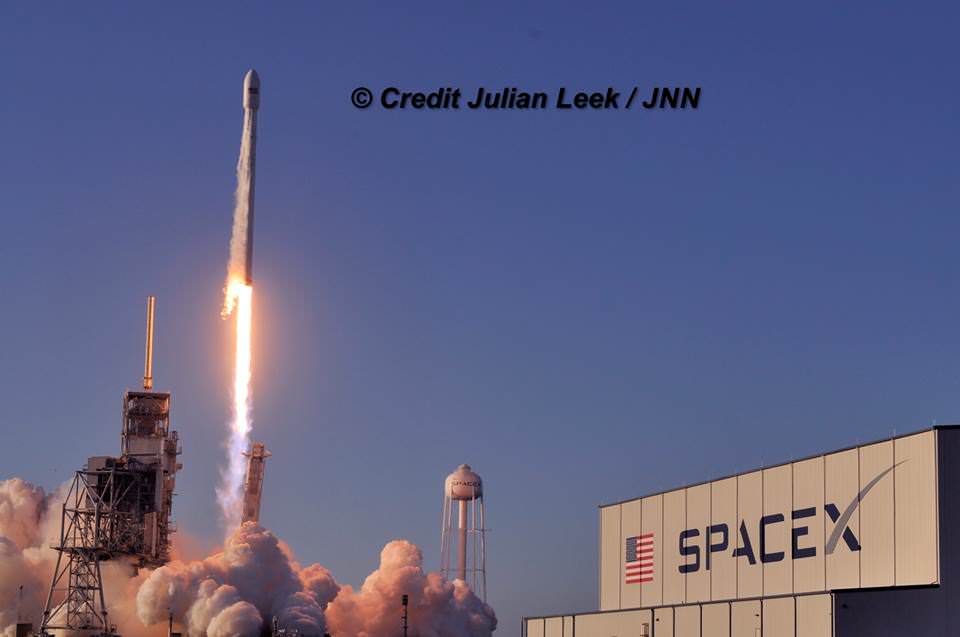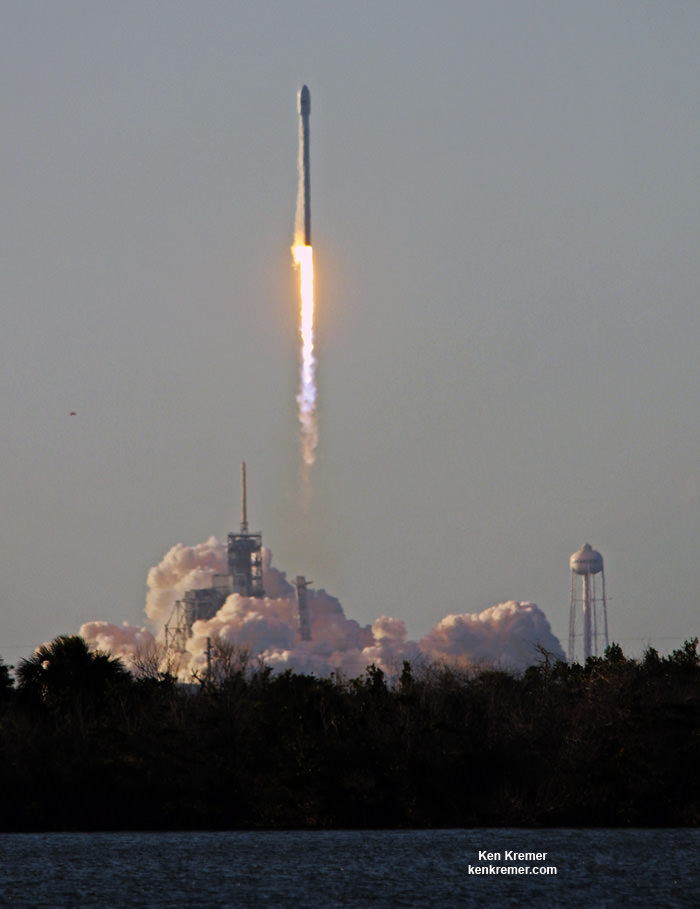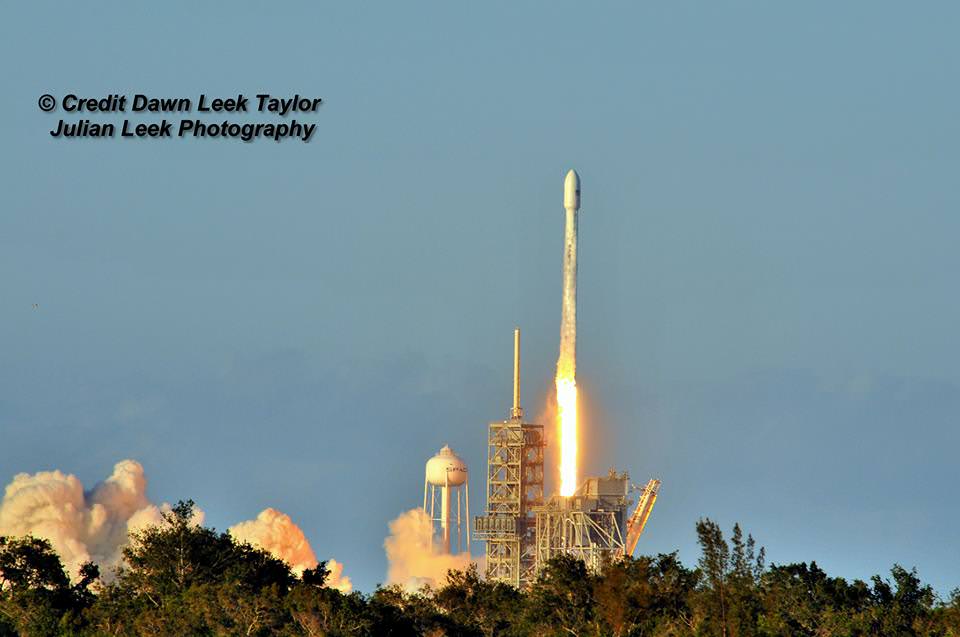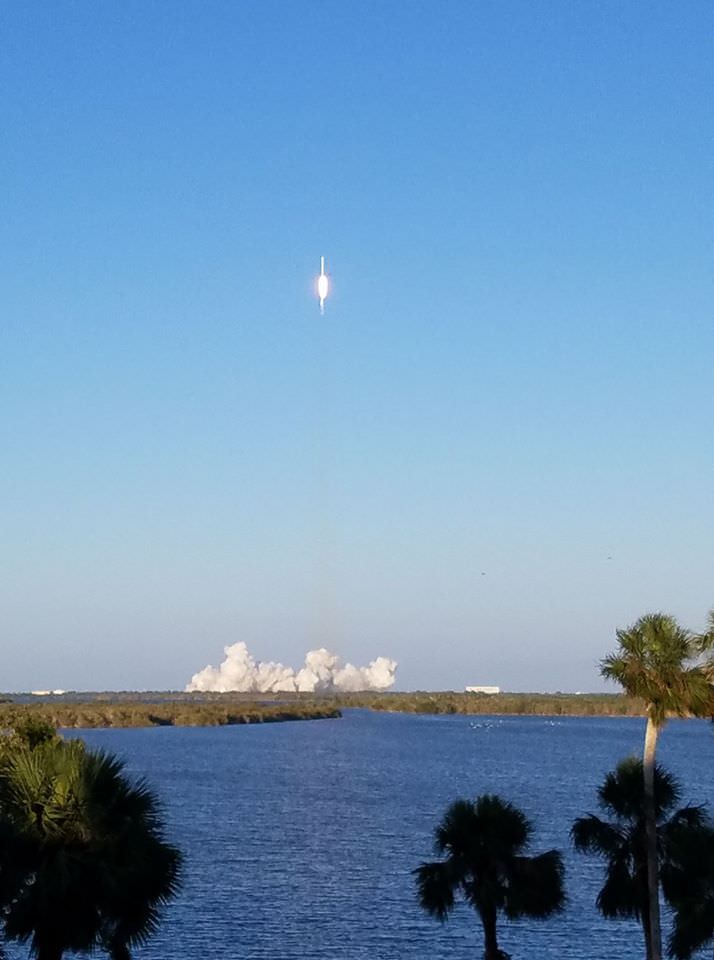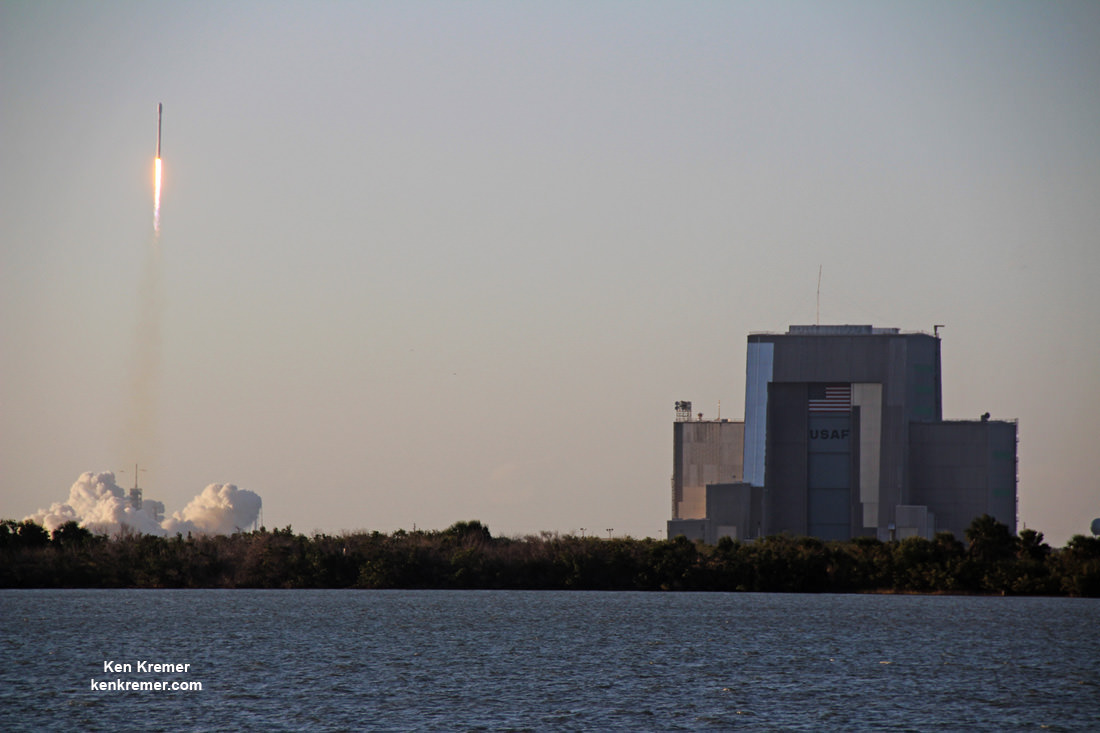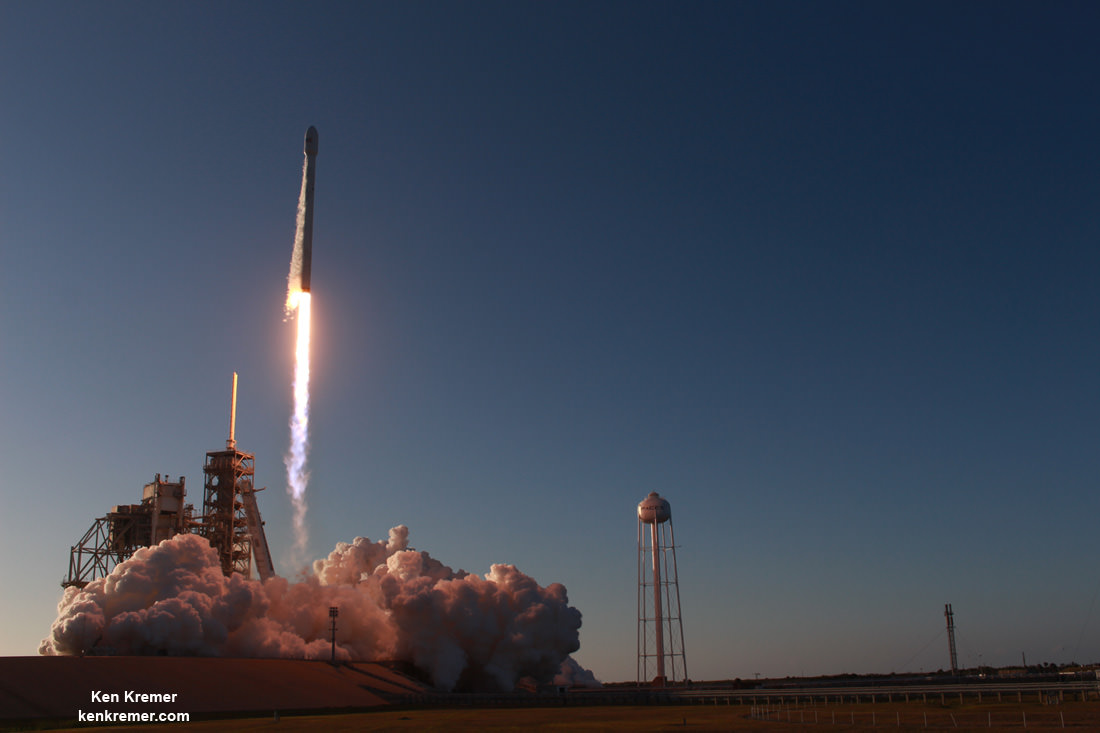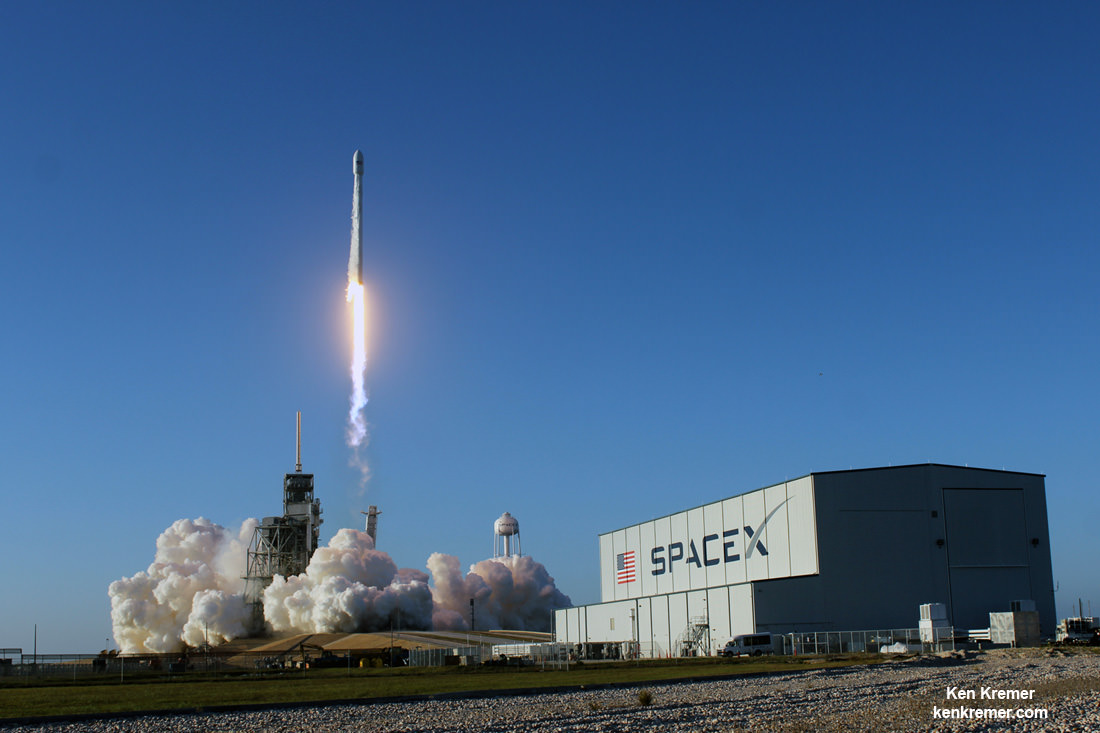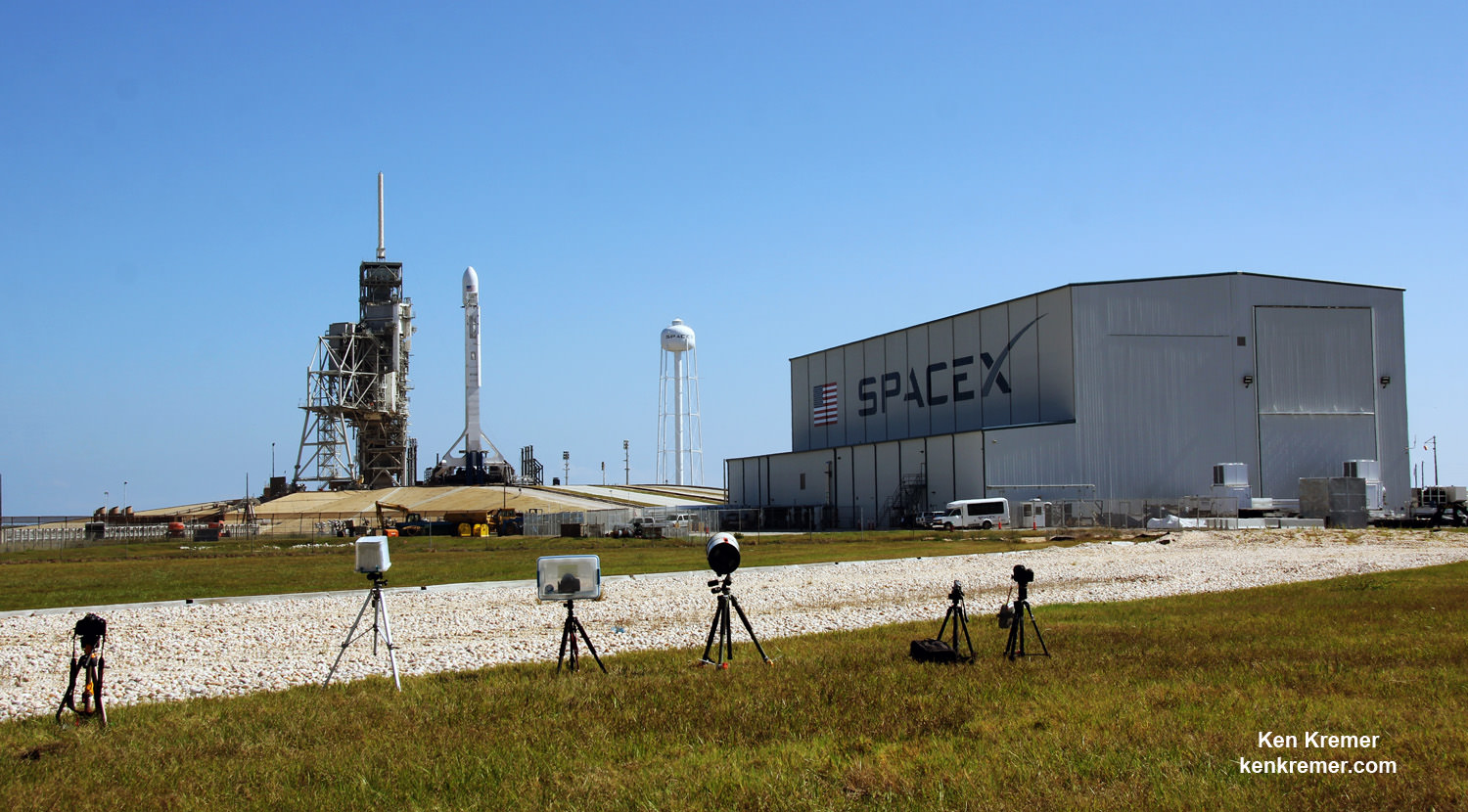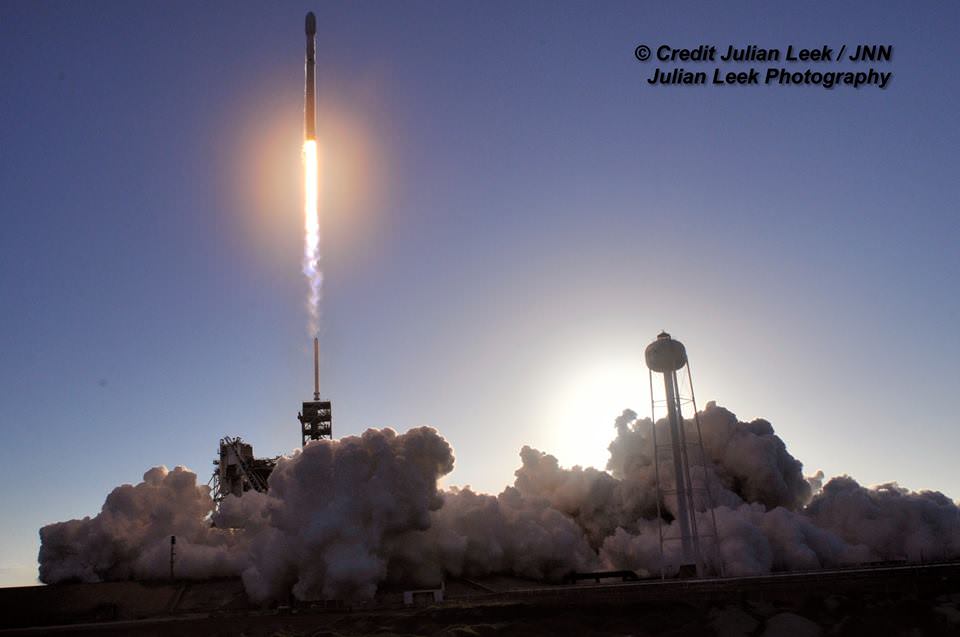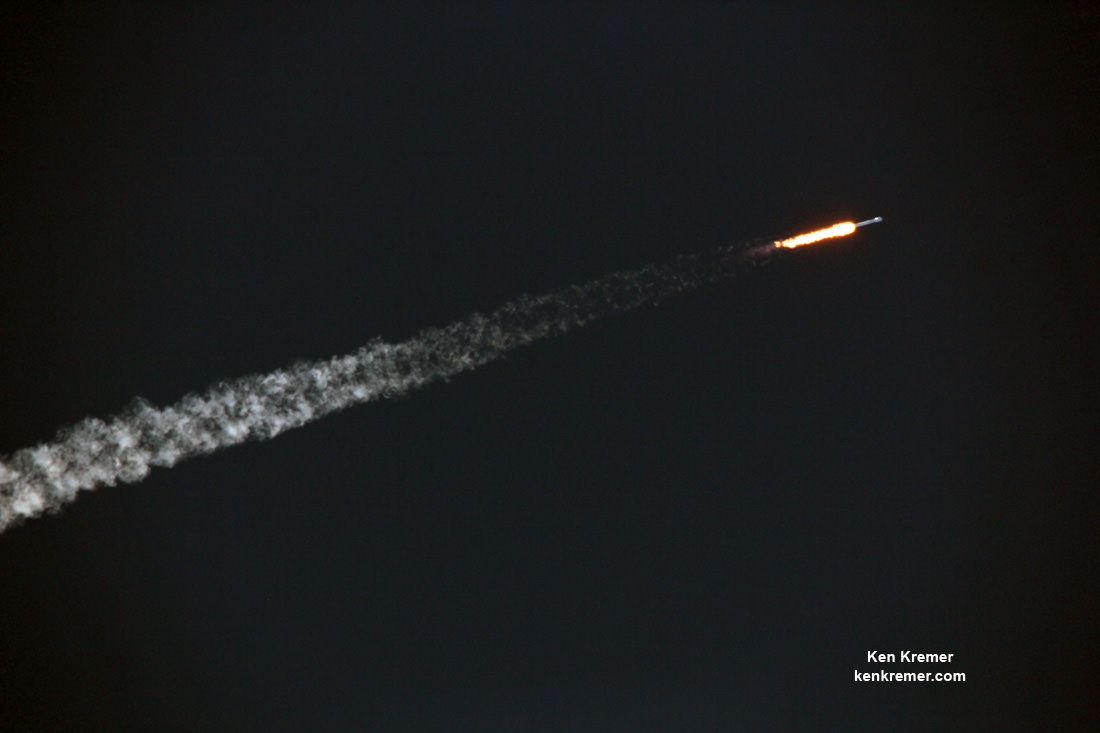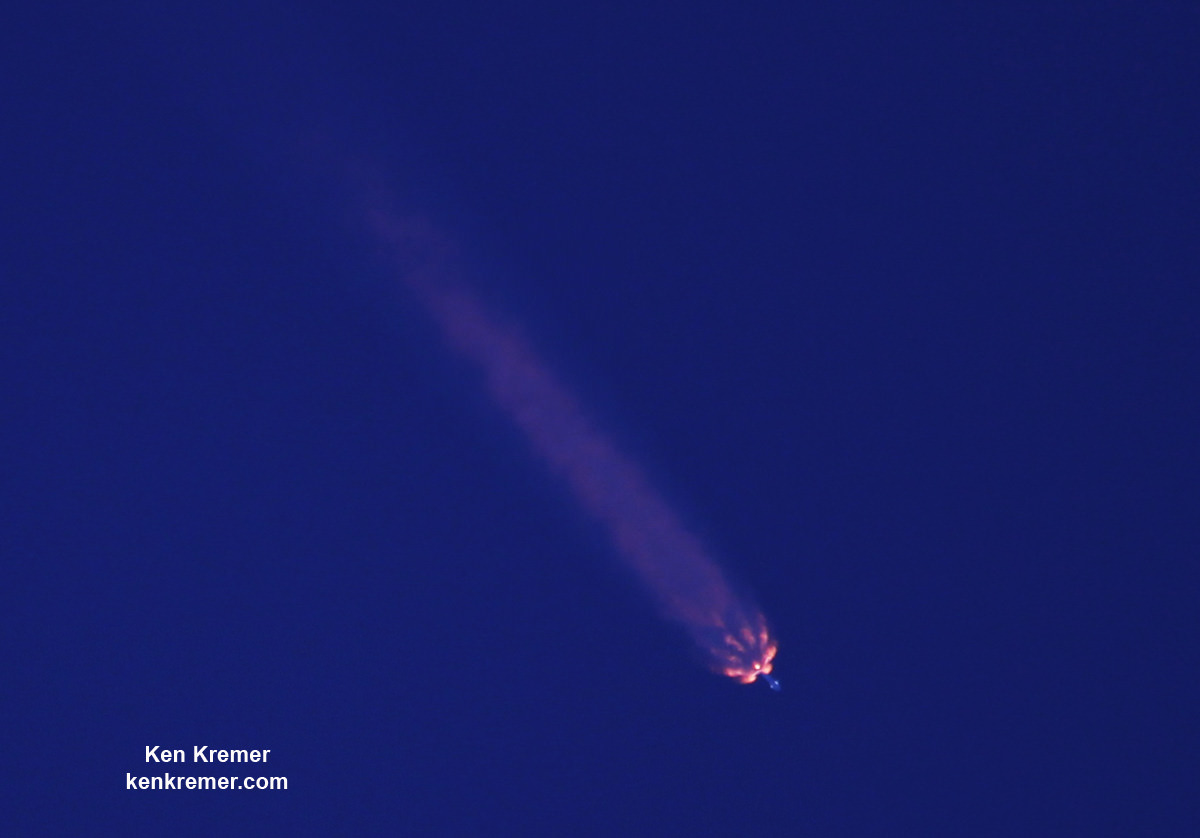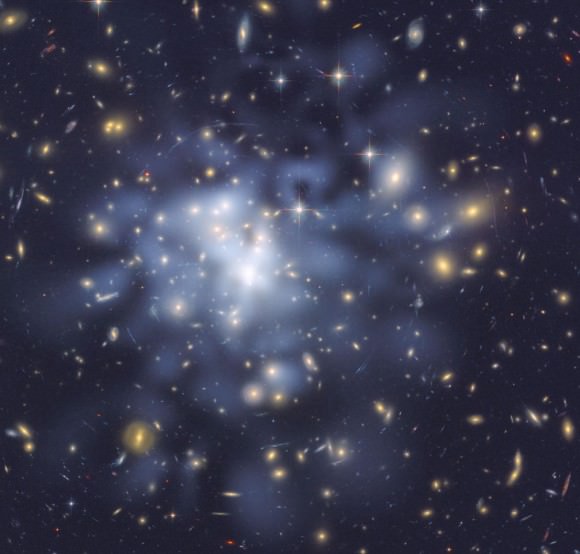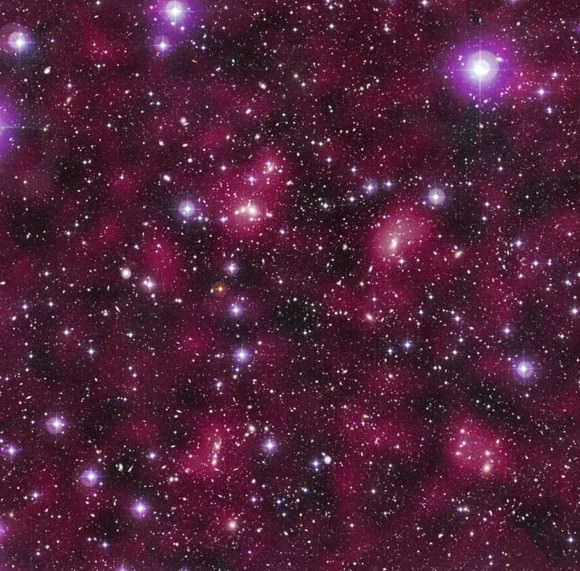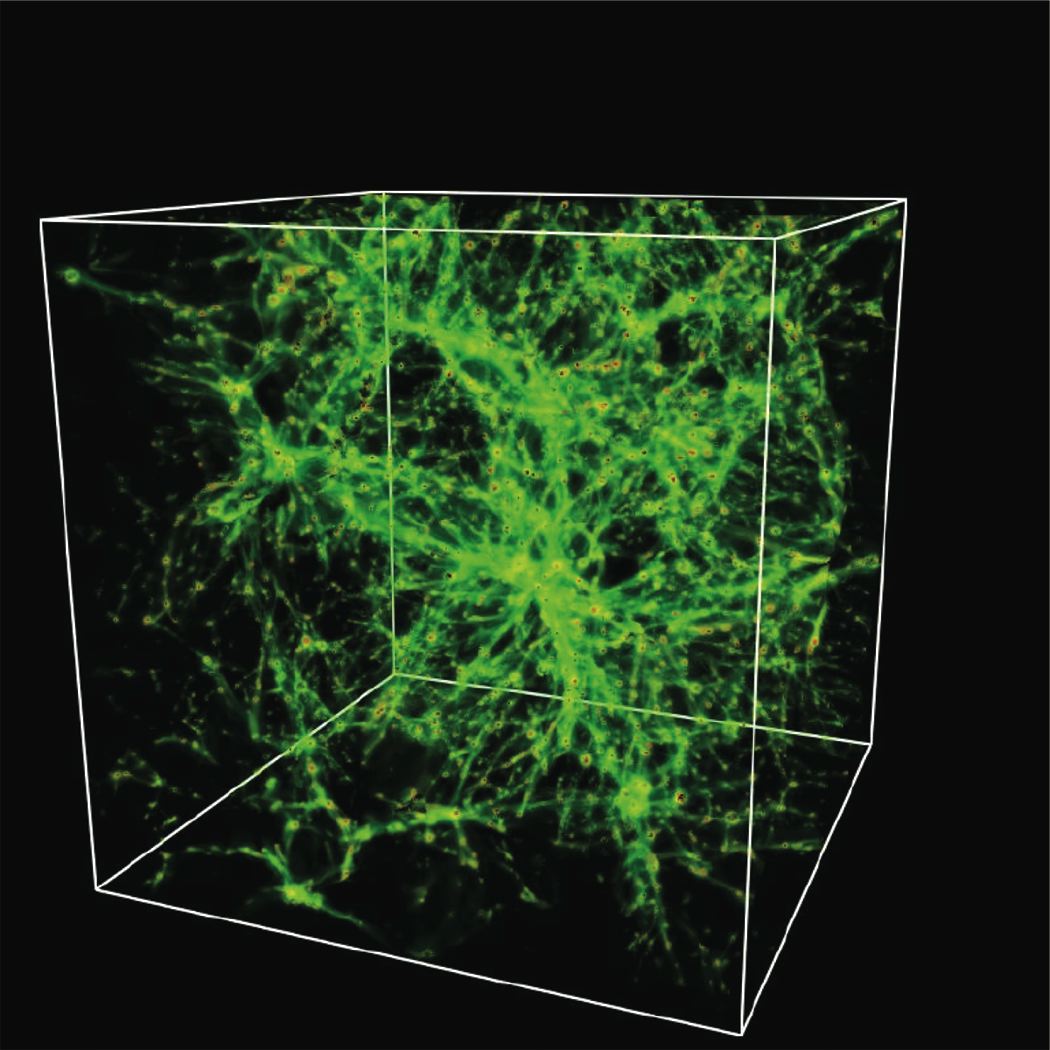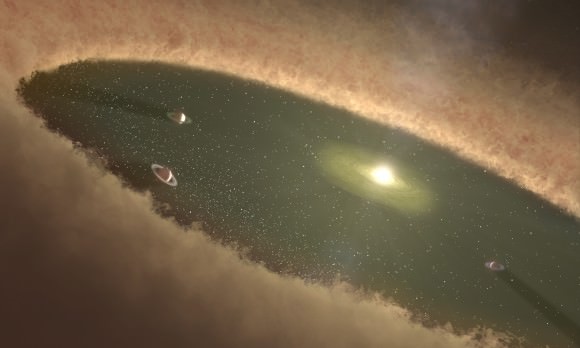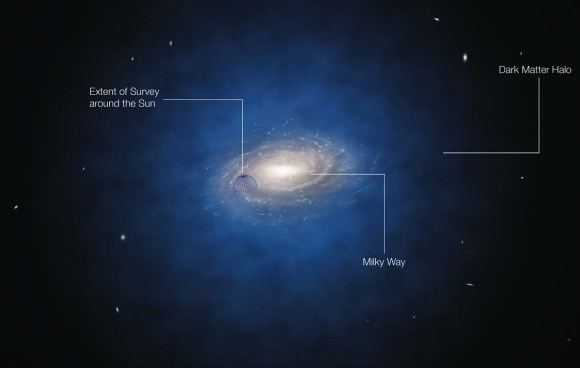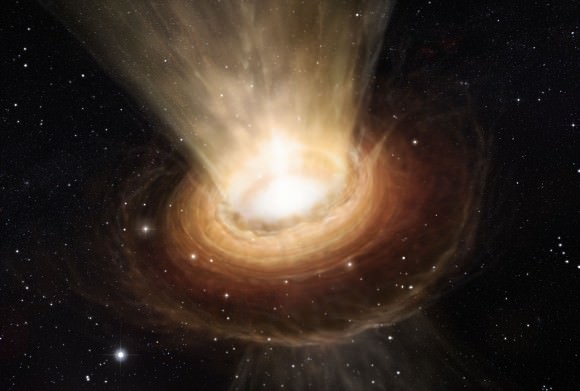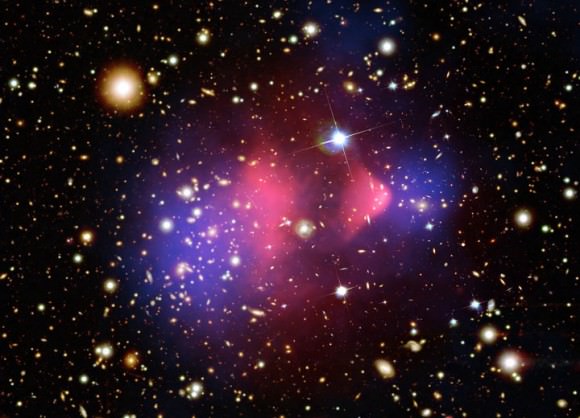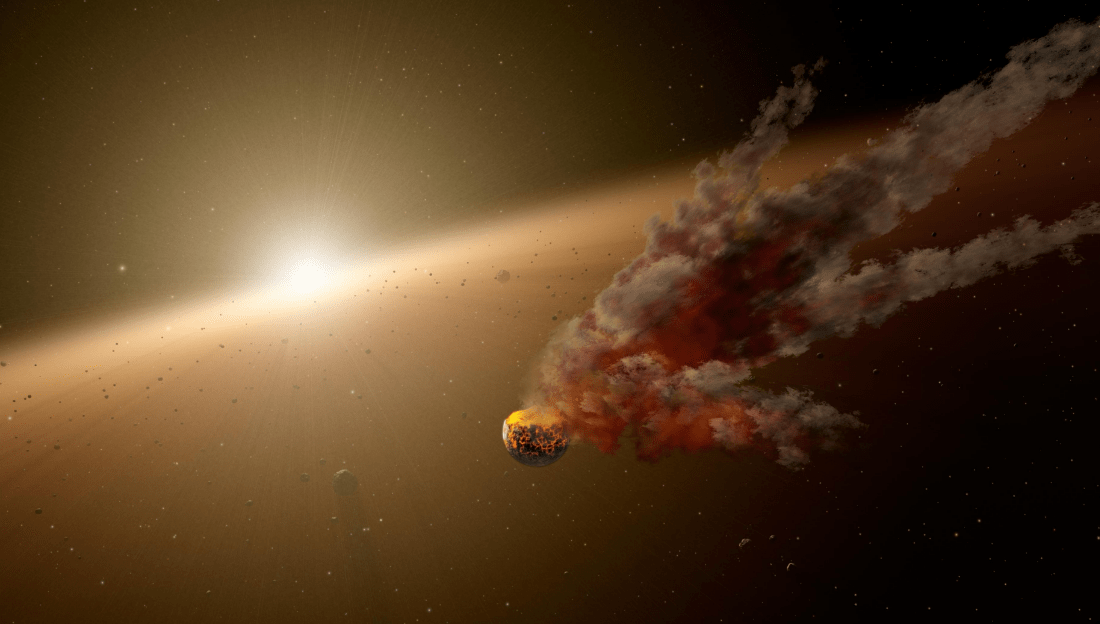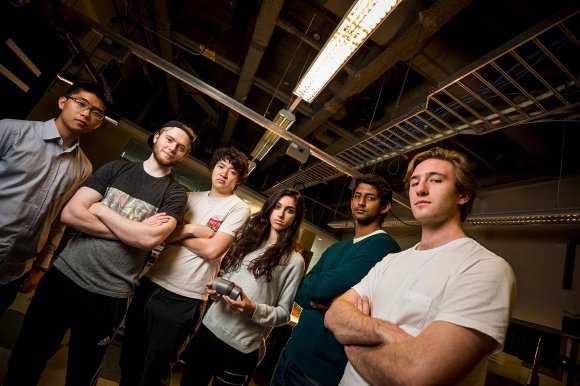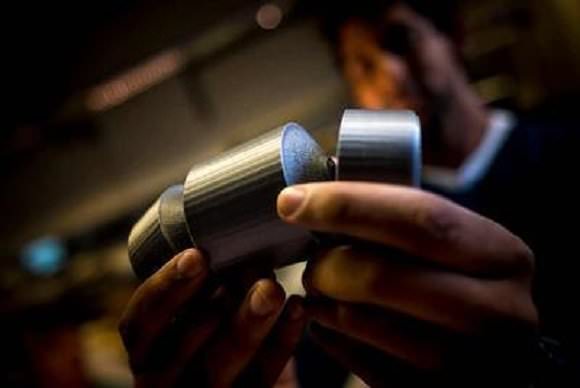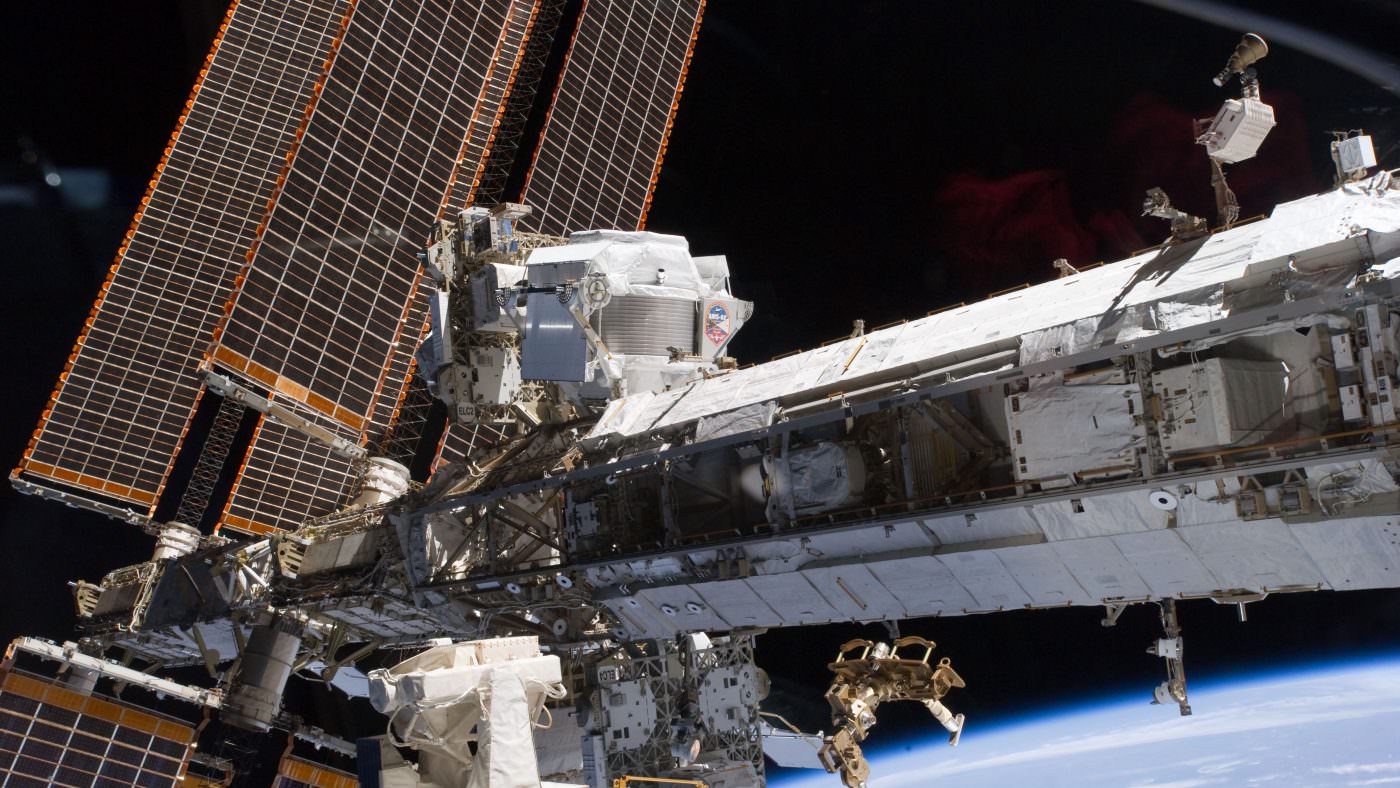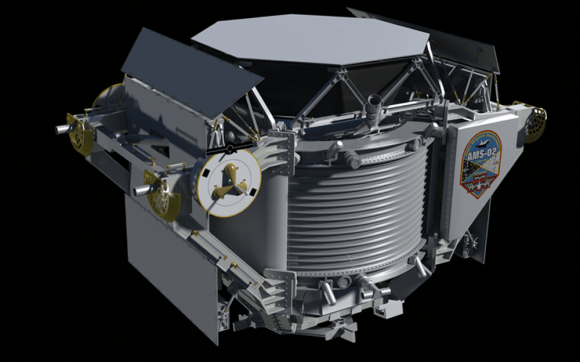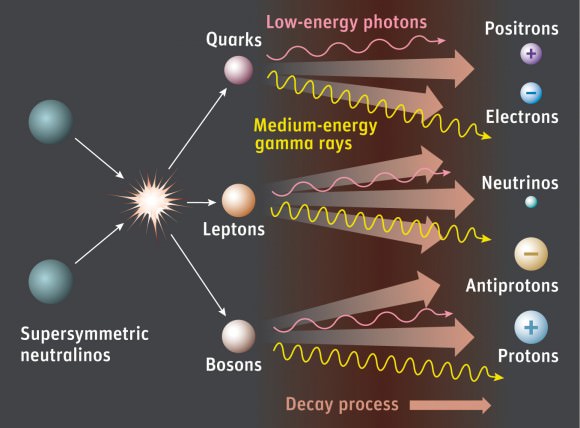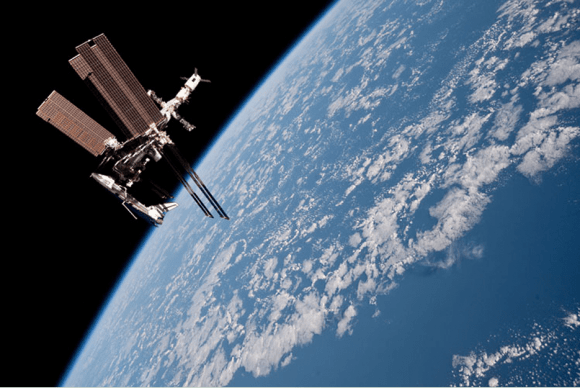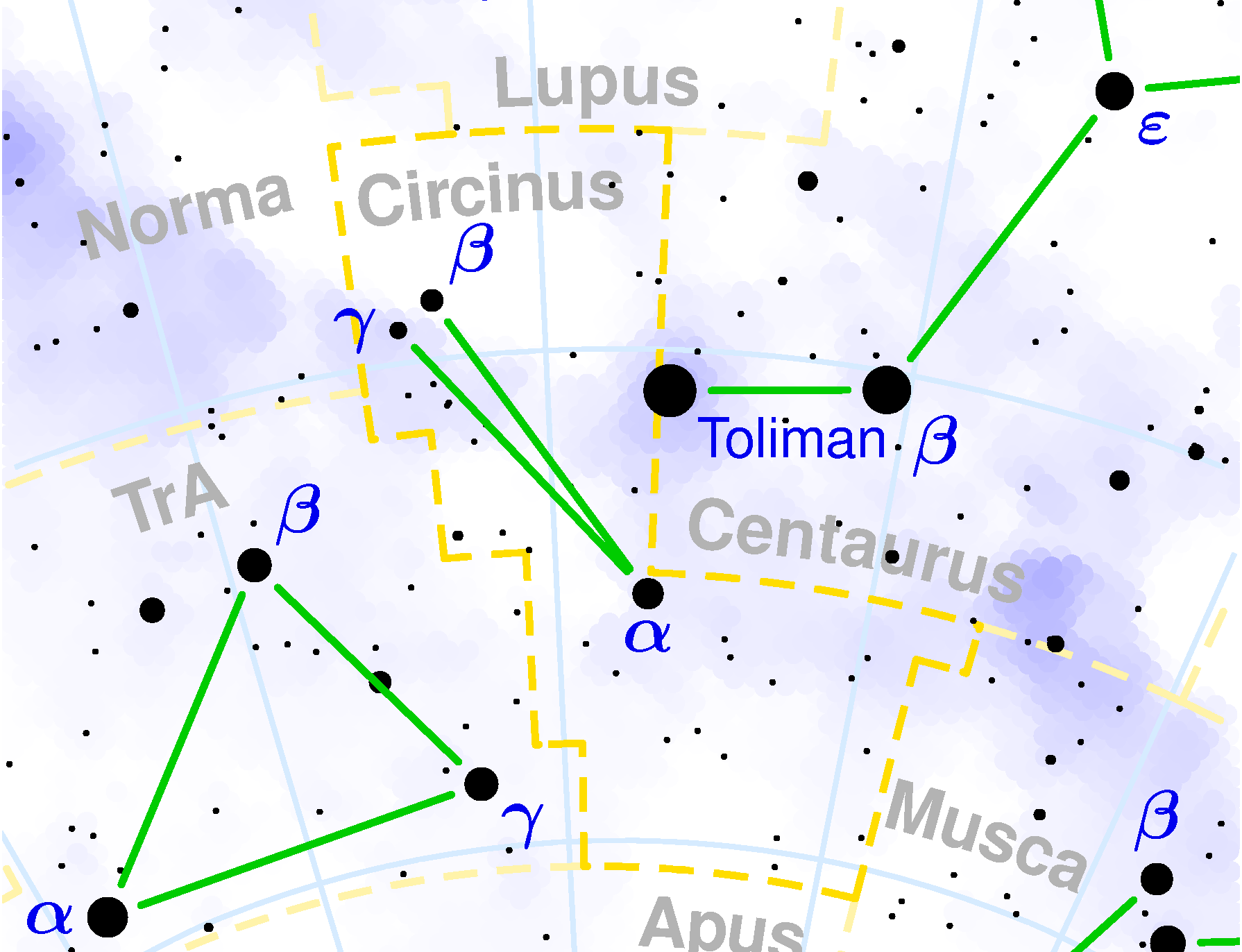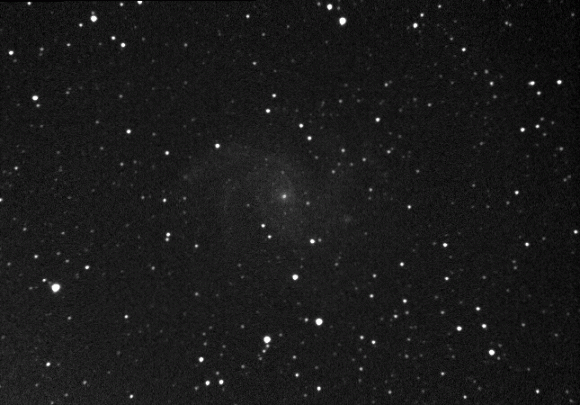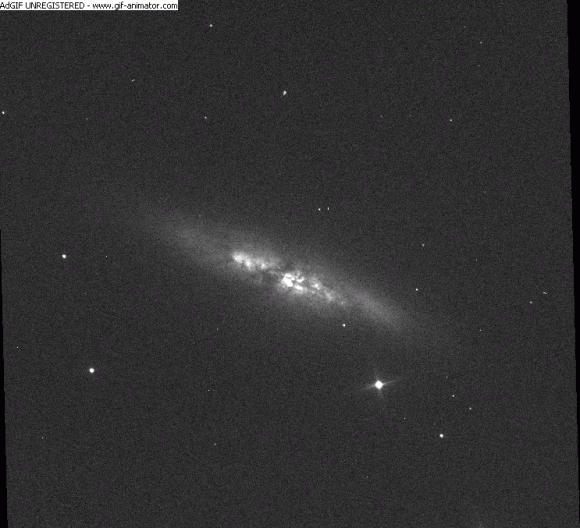Welcome back to Messier Monday! In our ongoing tribute to the great Tammy Plotner, we take a look at Orion’s Nebula’s “little brother”, the De Marian’s Nebula!
During the 18th century, famed French astronomer Charles Messier noted the presence of several “nebulous objects” in the night sky. Having originally mistaken them for comets, he began compiling a list of them so that others would not make the same mistake he did. In time, this list (known as the Messier Catalog) would come to include 100 of the most fabulous objects in the night sky.
One of these if the diffuse nebula known as the De Marian’s Nebula (aka. Messier 43). Located in the direction of the Orion constellation (in close proximity to the Orion Nebula), this nebula lies at a distance of 1,600 light years from Earth. Together with the Orion Nebula, it is part of one of the most active star-forming regions visible in the night sky.
Description:
The diffuse nebula M43 surrounds the variable star N U Orionis (HD 37061) – a rather cool, young star cooking in a rich HII region. But is the light that’s reaching us actually coming through a tunnel in this dusty cloud? As Karl Wurm and explained in a 1970 study:
“Most of the areas with identical monochromatic features show a high deficiency of cluster stars correlated with a low surface brightnesss and a reduced gas density. This is explained by an opaqueness of the emission strata in the direction in the line of sight and a position of the same nearer to the observer than the extension of the cluster. There appear surface structures at large distances from the Trapezium which show a correlation between the intensity of scattered star light and the intensity of the emission of the higher ions ([Oiii], [Neiii]). This observation is considered as a proof that canals through the nebular cloud complex allow in some directions the exciting radiation to reach large distances from the star without having suffered an appreciable absorption or scattering.”
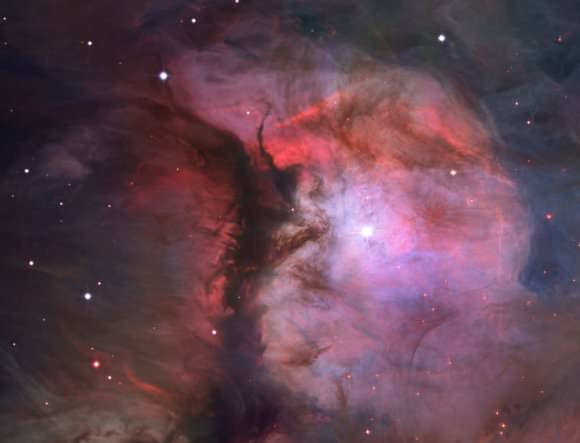
However, N U is far from being alone…. The whole complex is littered with stars being born! As Bo Reipurth (et al), stated in a 1999 study:
“The OMC-2/3 molecular clouds contain one of the highest concentrations of protostars known in nearby molecular clouds. We have observed an area of about 6 × 15 (0.8 pc × 2 pc) covering the OMC-2/3 region with the Very Large Array in the D configuration at 3.6 cm, matching well the area of a recent 1300 m survey. We detected 14 sources, of which it is highly probable that 11 sources are either protostars or very young stars. This testifies to the star-forming activity and extreme youth of the OMC-2/3 region. The 3.6 cm flux is free-free emission probably due to shocks in outflowing material. Three of the sources are extended even with the relatively low resolution of the present observations, and two of these may be collimated radio jets. The large fraction of submillimeter continuum sources that have a radio continuum counterpart is evidence that outflow is already common at the very earliest evolutionary stages. No relation is found between the radio continuum flux and the 1300 m flux of the associated submillimeter dust clumps.”
History of Observation:
In 1731, Jean-Jacques Dortous de Mairan was the first to notice this independent portion of the Orion nebula, stating:
“Finally I will add that close to the luminous space in Orion [M42], one sees the star d of Huygens [NU Orionis] currently (1731) surrounded by a brilliance very similar to that which produces, as I believe, the atmosphere of our Sun, if it were dense enough and extensive enough to be visible in Telescopes at a similar distance. See it in the form and the situation [given by] D, according to what was determined with the Reticule.”
On March 4, 1771, Charles Messier would also come to the same conclusion as he states in his observing notes:
“The star which is above, and has little distance from that nebula, and of which is spoken in the Traite de l’Aurore boreale [Treat of the Northern Light] by M. de Mairan is surrounded, and equally by a very thin light; the star doesn’t have the same brilliance as the four of the great nebula: its light is pale, and it appears covered by fog. I determined its position; its right ascension was 81d 3′ 0″, and its declination 5d 26′ 37″ south.”
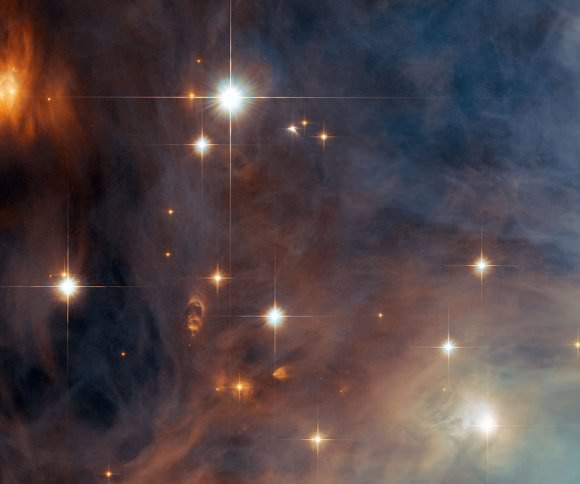
While Sir William Herschel was very careful not to assign his own catalog numbers to Messier Objects, he, too, was fascinated by the M43 region. In his personal notes he writes:
“In the year 1774, the 4th of March, I observed the nebulous star, which is the 43d of the Connoissance des Temps and is not many minutes north of the great nebula; but at the same time I also took notice of two similar, but much smaller nebulous stars; one on each side of the large one, and at nearly equal distance from it. Fig. 37 is a copy of the drawing which was made at the time of observation.
“In 1783, I reexamined the nebulous star, and found it to be faintly surrounded with a circular glory of whitish nebulosity, faintly joined to the great nebula. About the latter end of the same year I remarked that it was not equally surrounded, but most nebulous toward the south.
“In 1784, I began to entertain an opinion that the star was not connected with the nebulosity of the great nebula in Orion, but was one of those which are scattered over that part of the heavens.
“In 1801, 1806, and 1810 this opinion was fully confirmed, by the gradual change which happened in the great nebula, to which the nebulosity surrounding this star belongs. For the intensity of the light about the nebulous star had by this time been considerably reduced, by attenuation or dissipation of nebulous matter; and it seemed now to be pretty evident that the star is far behind the nebulous matter, and that consequently its light in passing through it is scattered and deflected, so as to produce the appearance of a nebulous star. A similar phenomenon may be seen whenever a planet or a star of the 1st or 2nd magnitude happens to be involved in haziness; for a diffused circular light will then be seen, to which, but in a much inferior degree, that which surrounds this nebulous star bears a great resemblance.
“When I reviewed this interesting object in December 1810, I directed my attention particularly to the two small nebulous stars, by sides of the large one, and found that they were perfectly free from every nebulous appearance; which confirmed not only my former surmise of the great attenuation of the nebulosity, but also proved that their former nebulous appearance had been entirely the effect of the passage of their feeble light through the nebulous matter spread out before them.
The 19th of January 1811, I had another critical examination of the same object in a very clear view through the 40-feet telescope; but notwithstanding the superior light of this instrument, I could not perceive any remains of nebulosity about the two small stars, which were perfectly clear, and in the same situation, where about thirty-seven years before I had seen them involved in nebulosity.”
May this wonderful region entertain your brain for as many years as it did Bill Herschel!
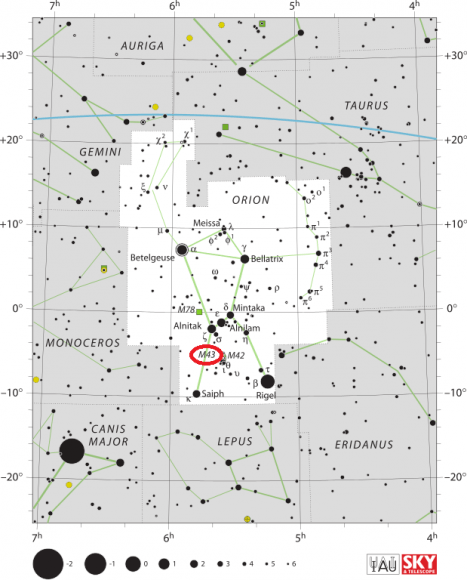
Locating Messier 43:
Locating M43 is as easy as locating… well… M42! This small star cluster accompanied by an emission/reflection nebula just to the north of the Orion Nebula’s “Trapezium” region is often mistake for part of the great nebula itself. However, if you look closely, you’ll see the two are separated by a dark dust lane.
Begin by locating the asterism of three stars known as Orion’s Belt. If you cover it with your fist held at arm’s length in a “thumb’s down” gesture with your left hand, the tip of your thumb will just about mark the correct spot in the sky. From a dark location when no Moon is present, you can easily see the haze of the Orion nebula surrounding the stars in the “sword” asterism. While it is easily seen in binoculars on a dark night, it will fade significantly under light pollution or moonlight.
And here are the quick facts on Messier 43 to help you get started:
Object Name: Messier 43
Alternative Designations: M43, NGC 1982, De Mairan’s Nebula, Companion of the Orion Nebula
Object Type: Emission/Reflection Nebula and Open Cluster
Constellation: Orion
Right Ascension: 05 : 35.6 (h:m)
Declination: -05 : 16 (deg:m)
Distance: 1.3 (kly)
Visual Brightness: 9.0 (mag)
Apparent Dimension: 20×15 (arc min)
We have written many interesting articles about Messier Objects here at Universe Today. Here’s Tammy Plotner’s Introduction to the Messier Objects, , M1 – The Crab Nebula, M8 – The Lagoon Nebula, and David Dickison’s articles on the 2013 and 2014 Messier Marathons.
Be to sure to check out our complete Messier Catalog. And for more information, check out the SEDS Messier Database.
Sources:

